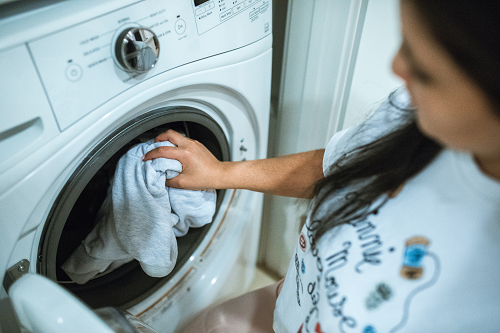
Clothes Dryer Safety Tips
Doing laundry at home is a regular task you perform, but don’t let that make you complacent. The majority of clothes dryer fires are caused by failing to follow simple safety tips, like cleaning out the lint trap before and after each cycle, and conduct routine maintenance.
With this in mind, here are some clothes dryer dos and don’t’s to follow in order to help keep both you and your family safe.
-
Do read the manufacturer’s instructions carefully and follow all of the safety instructions.
-
Do clean the lint filter before and after each load of laundry.
-
Do regularly clean the area behind the dryer where lint can get trapped as well.
-
Do hire a qualified service technician to clean the interior of the dryer and venting system on a periodic basis.
-
Do replace plastic or vinyl exhaust hoses with metal venting.
-
Don’t overload your dryer. Overloading not only causes drying to be delayed, it may also cause the dryer to break down.
-
Don’t dry clothing or fabrics that contain flammable solutions such as alcohol, cooking oils, gasoline, spot removers and dry-cleaning solvents. These substances give off vapors that can ignite and explode.
Don’t Forget About Dryer Maintenance
Lack of maintenance is the number one reason for dryer fires, according to Underwriters Laboratories (UL), a respected product testing organization. When consumers do not clean the lint traps or vent systems, they are running the risk of a fire.
In recent years, the UL has changed its standards for electric dryers to recommend that consumers not only clean lint traps and lint from around the lint screen and routing wiring. For more information on dryer maintenance, click here.
Summary
According to the National Fire Protection Association, approximately 14,693 fires each year are caused by clothes dryers. These fires often result in hundreds of injuries and an estimated $238 million in property damage claims. Don’t become another statistic—practice these safety tips today.
